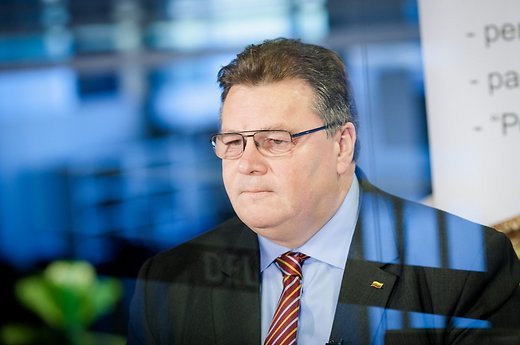
Euro-Atlantic experts on disinformation
Writer and author at EuromaidanPress Paula Chertok writes about how Russia's myths about the situation in Ukraine enter the language of the world's media. Kremlin Watch Monitor's survey includes this article. Writer Paula Chertok argues that the media use of the phrase "the Ukrainian crisis" or "Ukraine crisis" for what is in fact a Russian war against Ukraine. Using the phrase "Ukrainian crisis" serves to distract from Russia itself as the responsible party. Chertok notes that the media should not be talking about a "crisis" but rather a "war" in Ukraine. "We’ve come to expect the Russian media using the language of “crisis” rather than the language of “war” precisely because it diminishes Russia’s responsibility. State-run Sputnik and RT (Russia Today) have run thousands of articles about the “Ukrainian Crisis,” all of which perpetuate Russian myths about Ukraine. But it’s even more disconcerting to see the same language patterns regularly used in Russia’s propaganda press seep into the seemingly uncaptured Western media. As a result, people casually reading the news are given Russian perspectives on Ukraine, and come away with more Russian perspective and more Russian propaganda myths than they bargained for," the article says. As an example, Paula Chertok cites the publication on the BBC website about the ban of Russian films in Ukraine. She says the BBC authors use the word "war" in the context of media, hybrid wars and other wars. However, when it comes to discussing the actual war in Ukraine, the word "war" is not used. "Ukraine is still living with a war on its border with Russia. Thank goodness the war in Donbas has diminished from this time last year. It nonetheless continues. Casualties and artillery strikes on villages and neighborhoods are reported daily. Given this reality, the BBC’s decision to use the word “war” quite casually for everything BUT the actual war, and choosing euphemisms like “crisis” for the real war, is, to say the least, unfortunate," the author writes.


Related:
- A guide to Russian propaganda. Part 1: Propaganda prepares Russia for war
- Seven strategies of domestic Russian propaganda (Infographic)
- 15-point checklist of Putin regime’s propaganda techniques
- Propaganda stereotypes paralyze Russia’s potential for change
- How Russian Church serves Kremlin propaganda
- Internet, not TV, now Moscow’s main propaganda channel for Baltic countries, Lithuanian expert says
- How Russia’s worst propaganda myths about Ukraine seep into media language
- Top 10 fakes of Russian propaganda about Ukraine in 2015





